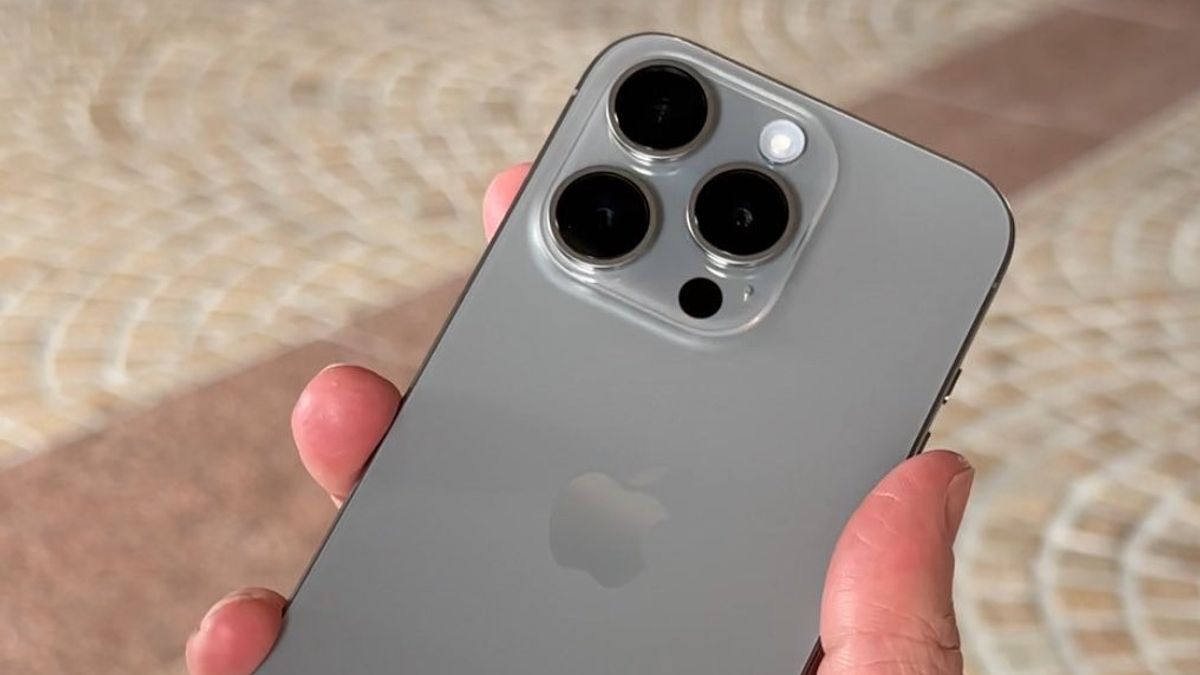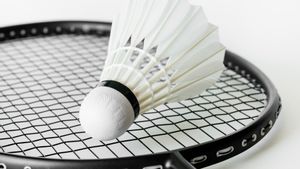JAKARTA - Apple's disappointment with the impression of fading from the titanium frame as it eroded on the iPhone 15 Pro may want to save to upgrade their phone later this year.
A prolific and anonymous forecaster reports that the tech giant may 'use a method that improves previous titanium processing and color processing' for the next-generation iPhone, the iPhone 16 Pro.
This change is possible to address complaints from frustrated iPhone 15 Pro users because their new titanium frame has a temporary changing color habit when it comes to natural oil from human skin.
This new rumor suggests that a new look for the iPhone 16 can successfully maintain the resilience of the new titanium frame while restoring the older and elegant iPhone look.
"There will be no external scratch or abrasions," according to the forecaster, compared to the existing stainless steel model from the iPhone, although the results were 'glitter'.
The leaked information comes from a 'companies-related source' to an anonymous blogger 'yeux1122' who collects news and rumors on South Korea's social media blog platform, Naver.
The blog has suggested that the more glossy, yet sturdy, iPhone 16 Pro will be a logical response to customer demand as Apple struggles to maintain its reputation as the most stylish mobile device on the market.
When the iPhone 15 Pro was first introduced last September, several new owners shared photos of their new smartphones on social media, complaining of significant color changes along the metallic side of titanium.
SEE ALSO:
One user who is disappointed to argue that this problem is 'not crazy given the price of this technology.'
Others said they were 'probably going to get 15 Pros while buying an iPhone for the first time' but they were 'worry about the frame' that lost its glare.
While the titanium frame was chosen for its ultra-strong and super-light nature, the metal was also recorded for displaying, sometimes adorable, 'interference color,' which makes the surface look like a rainbow when heated.
Through a process called anodization, the titanium surface reacts with air and produces a very thin layer of oxide that spreads light and provides extraordinary color metals.
However, according to Professor Walter Navarrini of Milan's Polytechnic University, one of the main drawbacks of using titanium is that it can also lead to 'chromatic alternation that causes oily tracks of oily substances on the surface.'
When titanium comes into contact with bare hands, in other words, the thin layer of oil can stick to the surface, causing the same effect to occur, spreading light into a rainbow that is not attractive from dirty fingerprints and stains.
The English, Chinese, Japanese, Arabic, and French versions are automatically generated by the AI. So there may still be inaccuracies in translating, please always see Indonesian as our main language. (system supported by DigitalSiber.id)


















